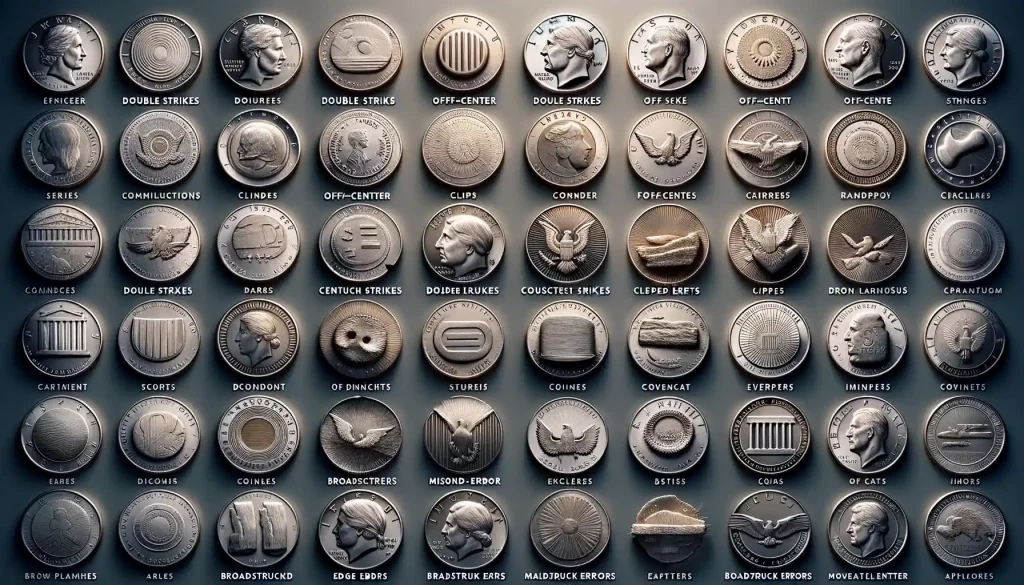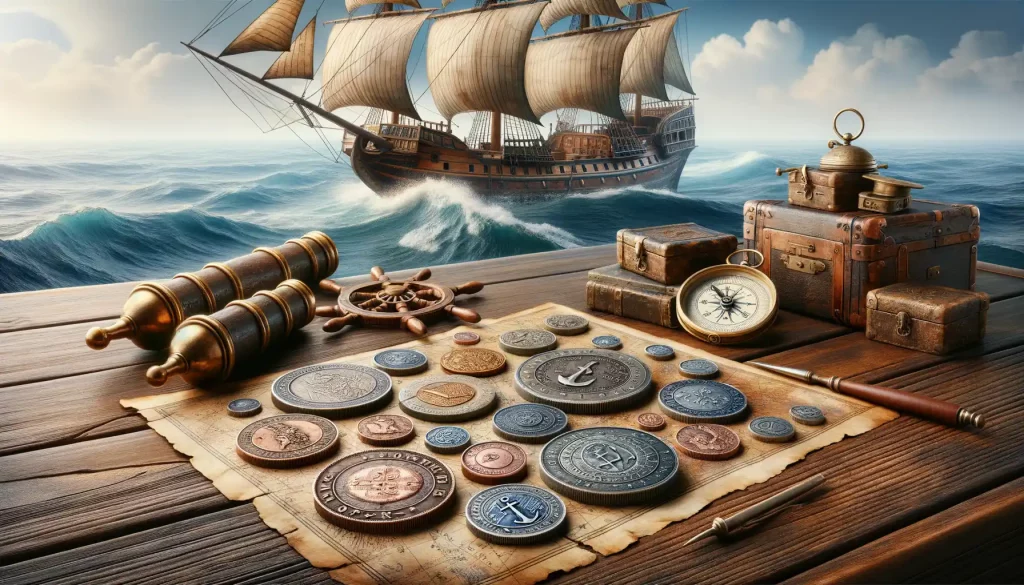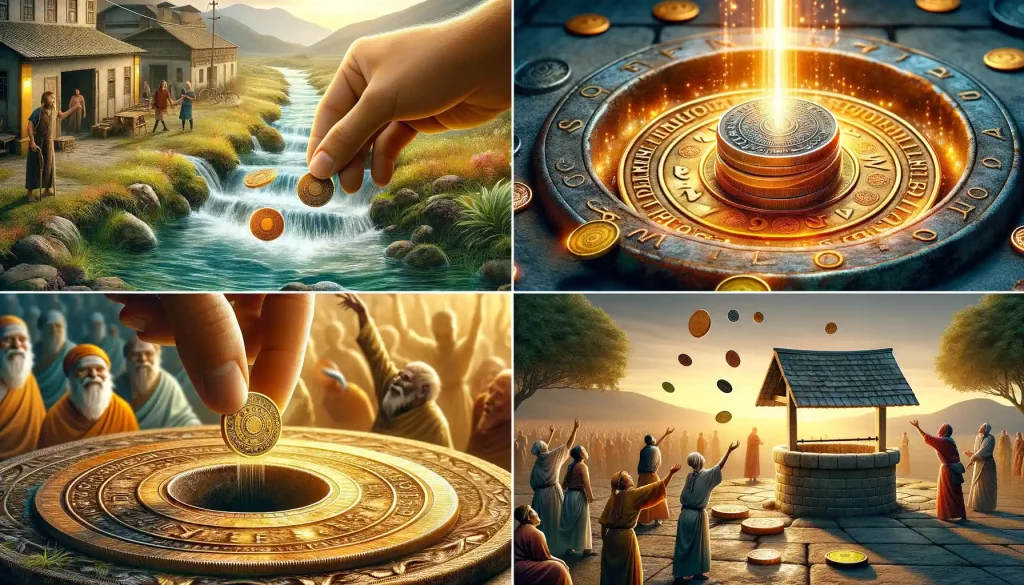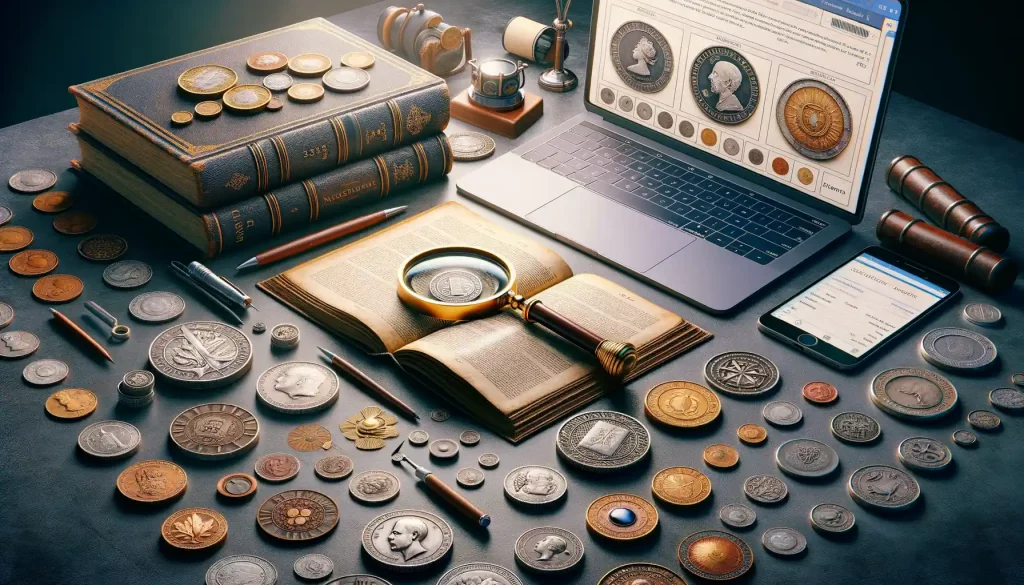Understanding Error Coins and Their Value
What Makes Error Coins So Fascinating?
Error coins are like hidden treasures left behind by the minting process—little metallic puzzles that tell a story only a few can decipher. These aren’t your average pocket change; they’re rare quirks, accidental masterpieces that collectors hunt for with passion. Imagine finding a penny that’s been struck twice, creating a ghostly double image. Or a nickel missing its edge lettering—it’s like stumbling upon a secret the world wasn’t supposed to see.
The beauty of error coins lies in their imperfection. The tiniest slip during production, like a misaligned die or an overused press, can give birth to something truly unique. And here’s where the real magic happens: these flaws can send coin values skyrocketing. Some errors, like a spectacular off-center strike, can turn a lowly dime into a prize worth hundreds or even thousands of dollars.
Not all errors are created equal, though. The more dramatic and unusual the mistake, the higher its potential value. It’s a thrilling thought, isn’t it? That there could be riches hiding in plain sight, jingling right in your pocket.
Types of Common Error Coins
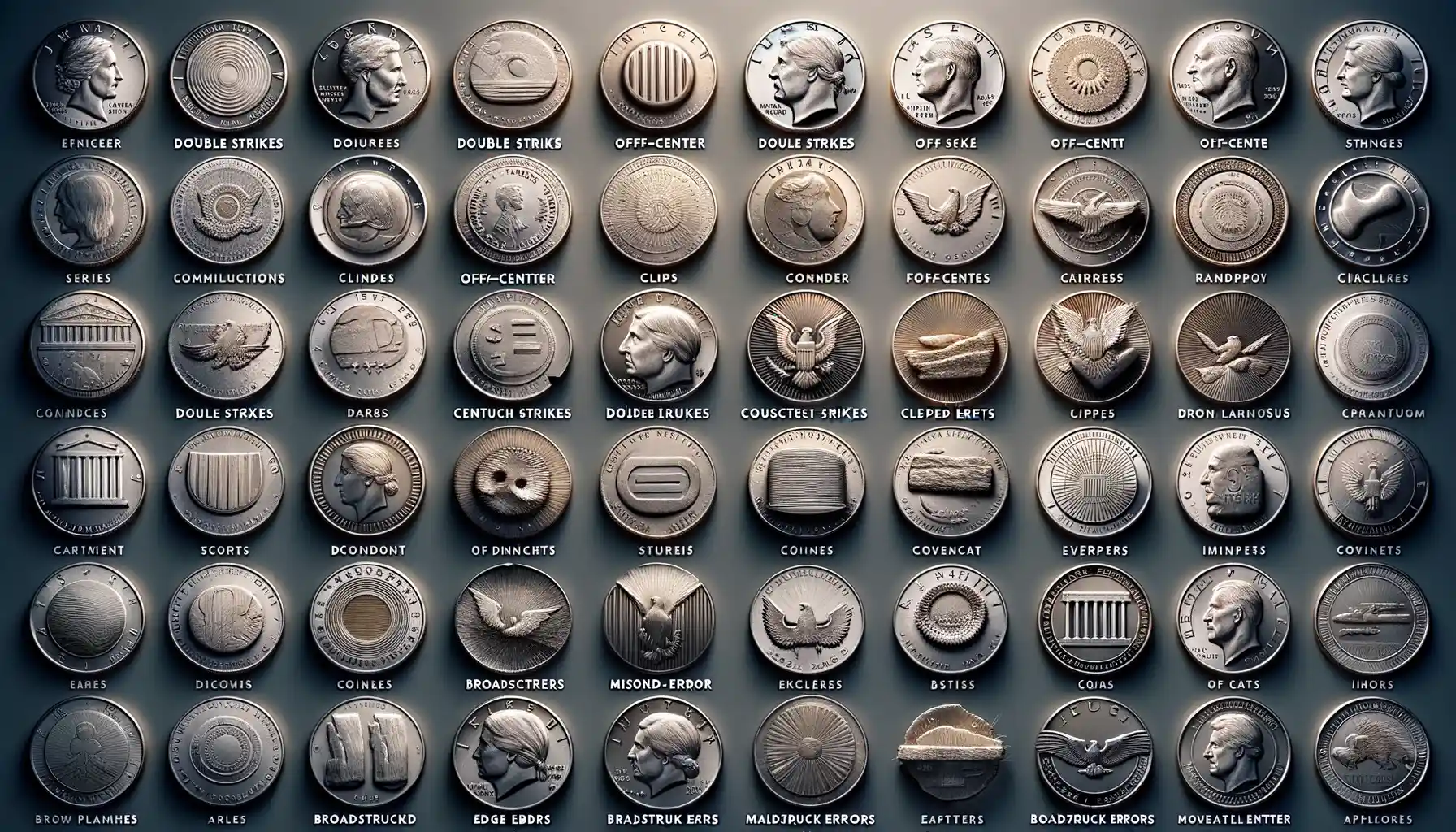
The Most Intriguing Minting Mishaps
Error coins are like tiny treasures born from chaos—happy accidents that make a collector’s heart skip a beat! Let’s talk about some of the most fascinating types you might stumble upon.
- Off-Center Strikes: Ever seen a coin where part of the design seems to have wandered off the edge? That’s an off-center strike, caused when the blank isn’t properly aligned with the dies. The more off-center it is (while still showing date or key details), the more collectors swoon over it!
- Double Dies: Double the fun, right? These occur when a die presses the design onto the coin twice, slightly misaligned. Look for “ghost” lettering or numbers—like the date seemingly shadowed—and you’ve got a gem in your hands.
- Die Cap Errors: Picture this: A coin gets stuck on the die and strikes other blanks repeatedly, creating a bizarre, bottle-cap-like shape. It’s rare, quirky, and oh-so covetable.
When Coins Go Wild During Production
Some errors appear stranger than fiction. Take the elusive blank planchet. Imagine finding a coin with no design at all—just a smooth disk. It’s oddly satisfying, like finding a blank page in an old diary! Or how about clipped planchets, where a crescent-shaped bite seems to be missing? They happen when sheets of metal overlap during cutting.
Ever heard of a broadstrike? Here, the coin spills beyond the border because it wasn’t struck within the retaining collar. These oddities remind us that even machines have “off” days, and those slips become golden opportunities for collectors like you.
How to Identify Authentic Error Coins
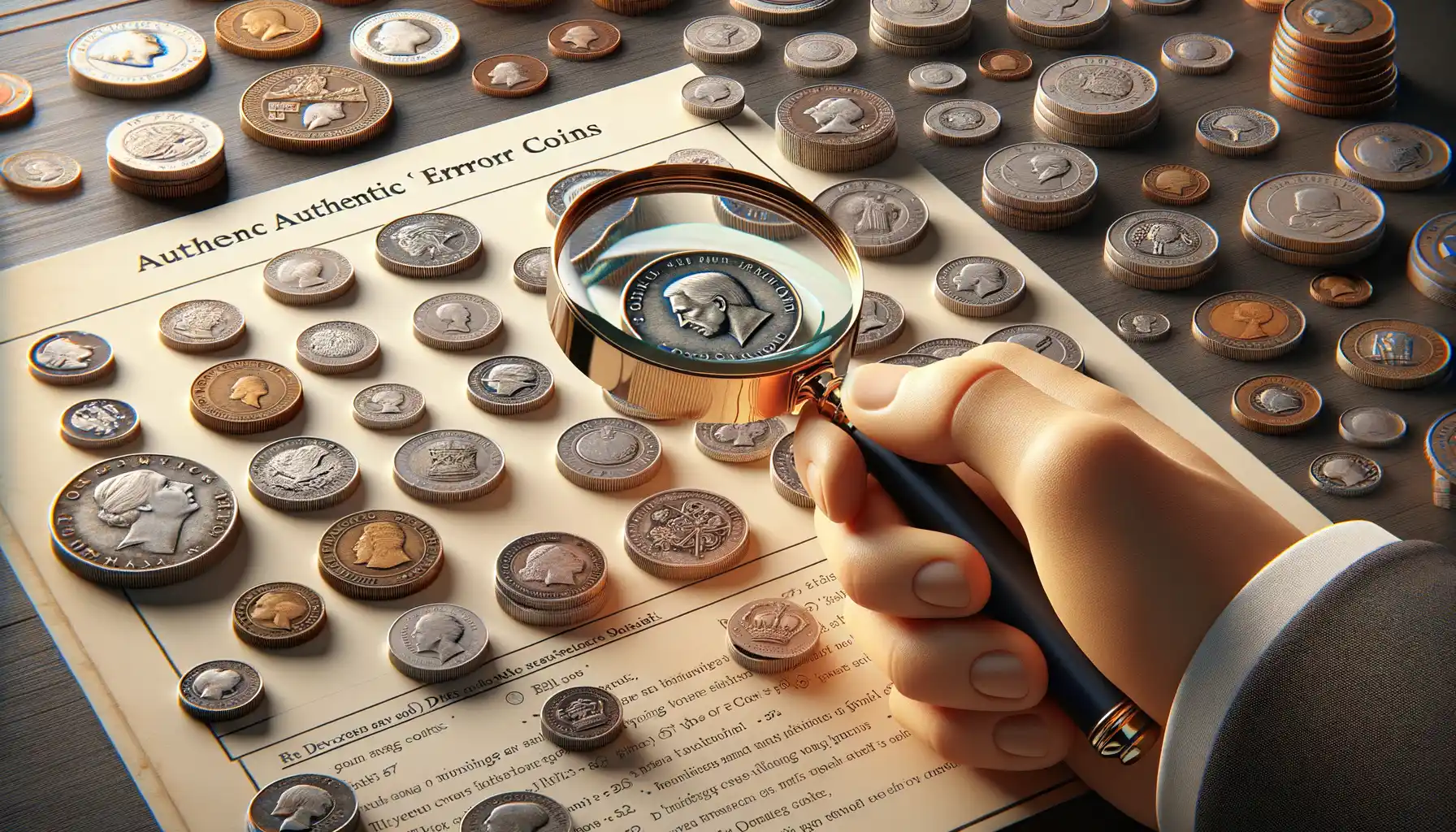
Spotting True Minting Mishaps
If you’ve ever felt the thrill of holding a coin that seems a little off—slightly misaligned, doubled, or missing a design element—you’re in for a treat. But here’s the trick: not every odd-looking coin is an authentic error! To separate treasures from imposters, you’ll need both a keen eye and a touch of detective work.
First, study the basics of minting errors. Genuine mistakes happen during the minting process—think of it as a baking mishap in the coin factory. Look for clear signs like:
- Off-center strikes: The design is visibly shifted to one side, leaving blank space.
- Double dies: Parts of the image or text appear doubled, almost like a ghostly shadow.
- Clipped planchets: A chunk looks like it’s been bitten right out of the coin’s edge!
Decoding Authenticity Clues
Here’s the bottom line when confirming if your quirky find is legit: trust the details. Does the error disrupt the original design naturally? Counterfeit coins often look deliberate, while authentic ones sport imperfections that feel unintentional yet fascinating. A genuine double die, for example, has sharp, precise doubling—not blurry or smeared edges.
Still unsure? Grab a magnifying glass and dive deep. You might just be solving your own miniature mystery!
Tips for Building an Error Coin Collection
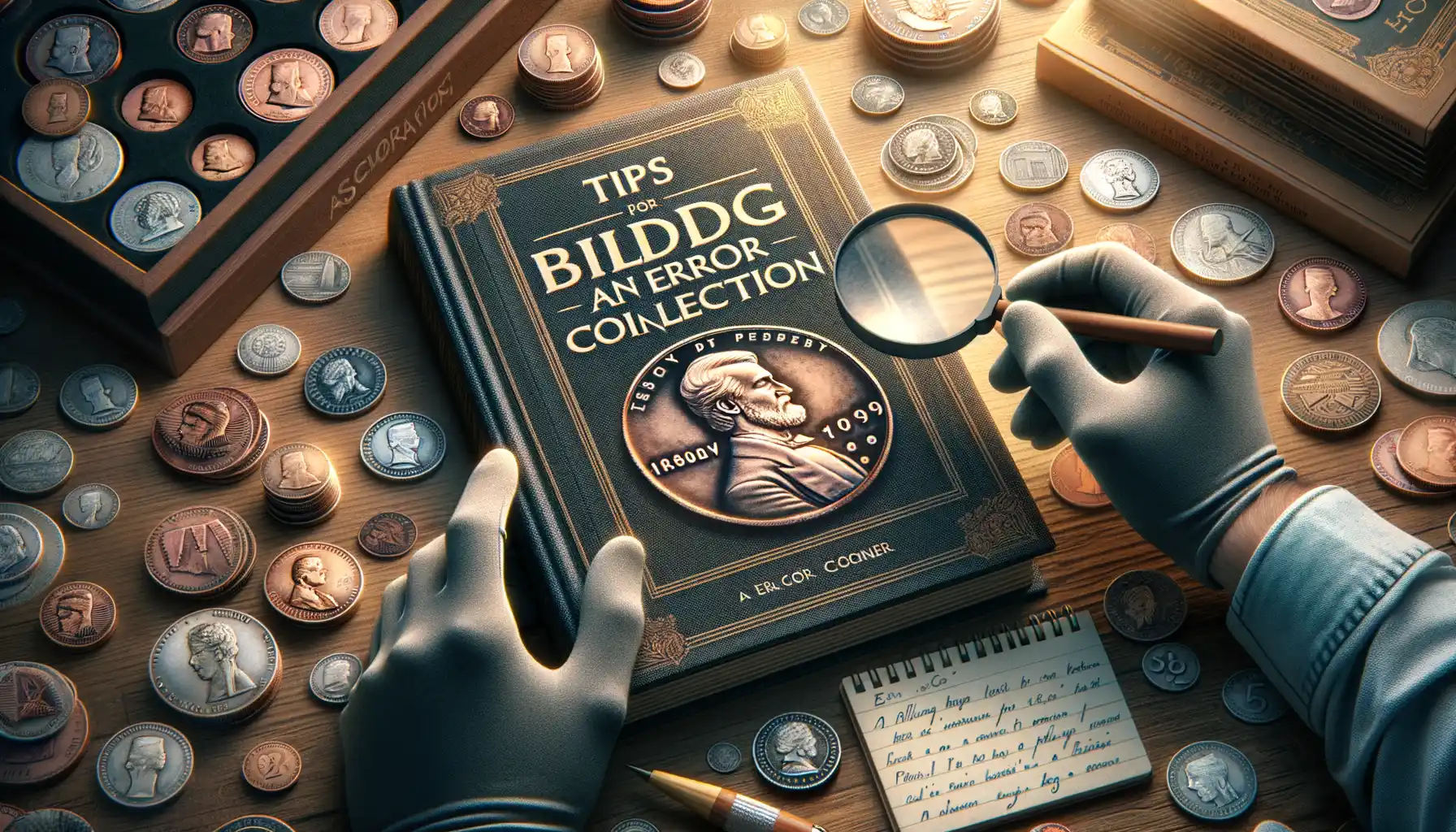
Start Small, Dream Big
Jumping into the world of error coin collecting can feel like diving into treasure hunting. Yet, every great collector starts with just one or two fascinating finds. Focus on building gradually. Look for coins you genuinely connect with—maybe it’s a quirky misstrike from your birth year or a bizarre double die that makes you smile every time you see it. Quality matters far more than quantity. A single stunning gem beats a pile of “meh” any day.
A Few Insider Tips for the Journey
When you’re ready to level up, here are some must-know pointers that seasoned collectors swear by:
- Know your types: Research specific categories like off-centers, mint clips, or die cracks, so you don’t feel lost when searching.
- Invest in magnification tools: A good loupe can unveil hidden details that bring an error coin’s story to life.
- Network like a pro: Join online groups and meet other collectors—they may have tips (or coins) you’d never find on your own.
Your collection should be as unique as your fingerprint, filled with pieces that spark joy and curiosity.
Where to Buy and Sell Error Coins
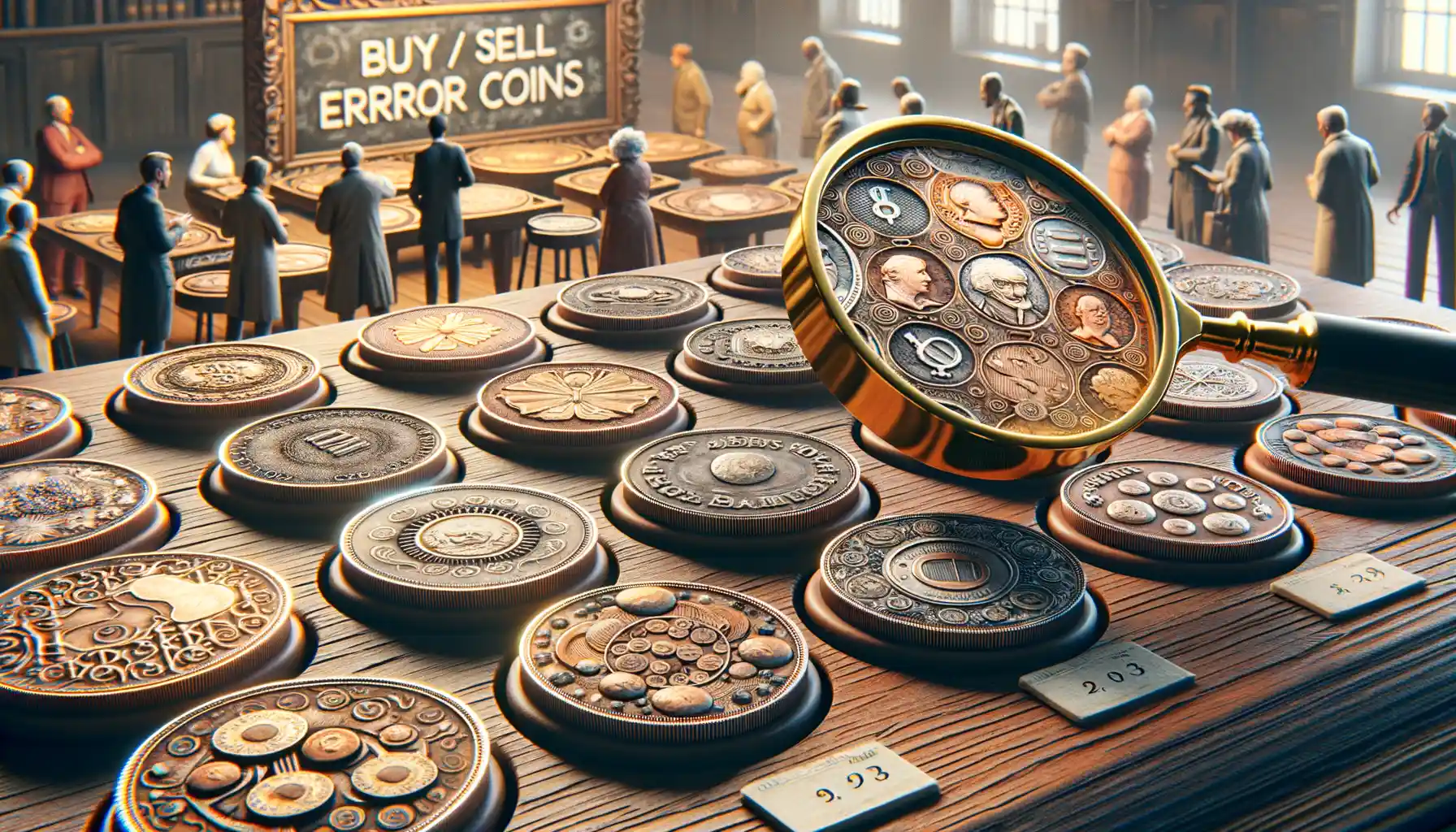
Finding Trusted Places for Rare Error Coins
Collectors, rejoice! Whether you’re hunting for that elusive double-struck penny or looking to sell a prized off-center quarter, knowing where to buy and sell error coins is half the battle—and let me tell you, it’s thrilling once you dig into the right spots. Here’s your treasure map.
Shopping online? There’s no shortage of marketplaces! Platforms like eBay host thousands of error coin listings, but tread carefully—photos can lie, and not all sellers are seasoned pros. For a safer bet, try sites like Heritage Auctions or GreatCollections, where authentication is part of the deal.
Prefer face-to-face deals? You can’t beat the excitement of browsing at a regional coin show. Imagine rows of tables glinting with metal history, where every booth feels like a secret vault. Plus, local coin shops (yes, they still exist!) often have error coins quietly waiting for sharp-eyed collectors like you.
- Online: eBay, Heritage Auctions, or GreatCollections
- In-person: Coin shows and local coin shops
And selling? Look at forums like Coin Talk or join social media groups where enthusiasts gather. Coin collectors love a good story—so when you sell, highlight what makes your error coin wonderfully unique!

